ecosystem function
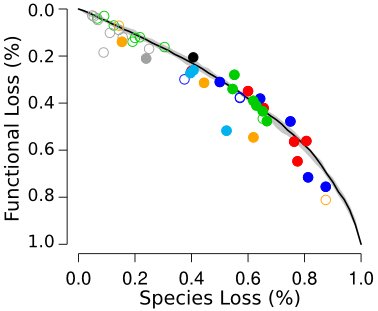 |
One goal of my work is to understand and quantify the importance of vertebrate diversity for ecosystem function and services, such as primary production, pollination services, and nutrient cycling. Diversity of vertebrate consumers is thought to promote ecosystem function and resilience, but the precise relationship and potential mechanisms are not well understood. Recent work on Pacific islands has shown that forest regeneration, insect control, pollination, and seed dispersal services are all linked to the diversity of native birds. Extinctions of island birds have caused major shifts in the functional composition and ecosystem services provided by bird communities (Boyer & Jetz, 2014). Current work in my lab quantifies the functional diversity (measured by FD, FRic, and other metrics) of over 500 bird communities globally to examine the bio-climatic determinants of functional diversity and ecosystem services provided by birds (Boyer, Belmaker & Jetz, in prep). |
paleoecology
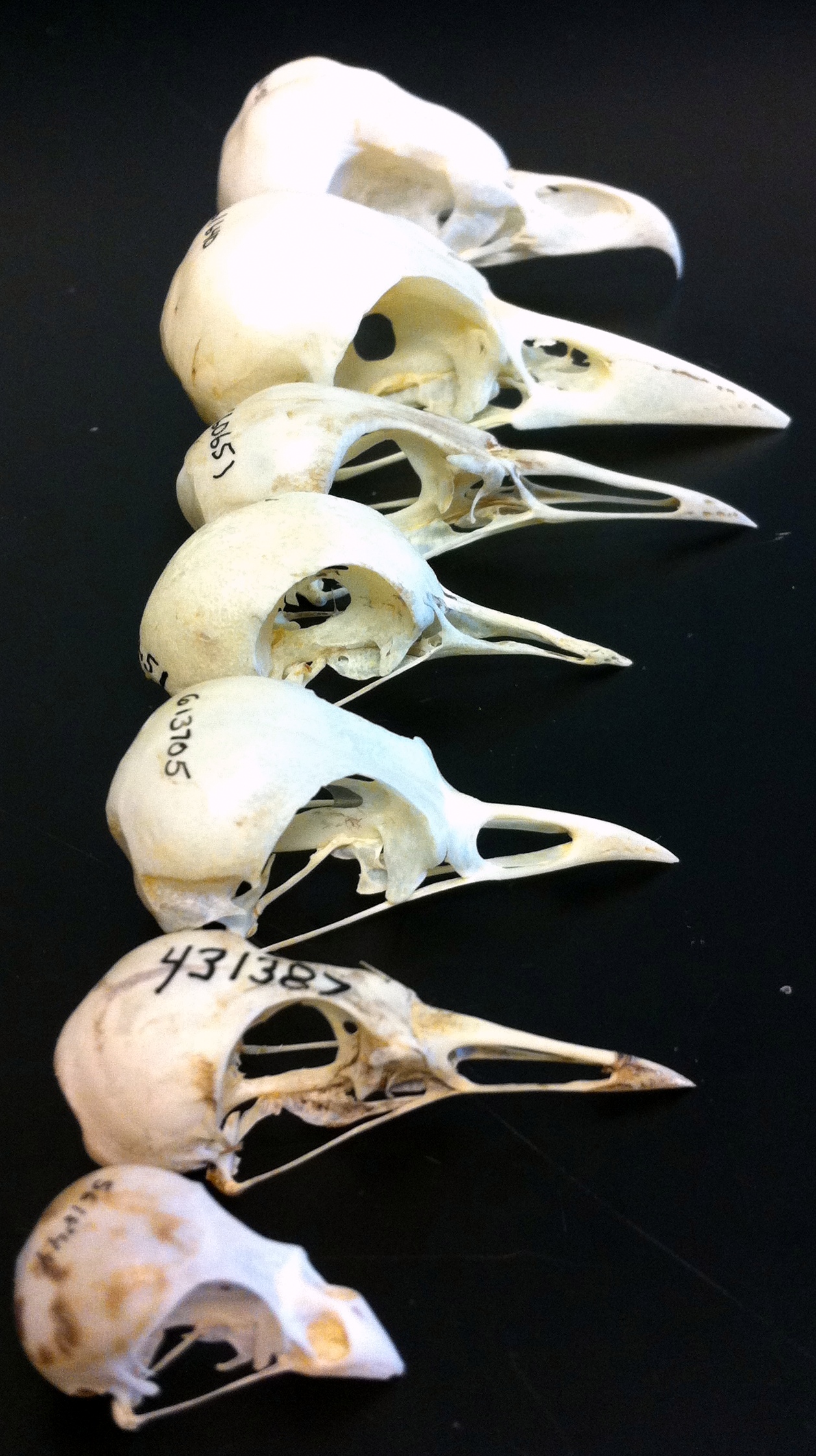
|
Pacific island bird extinctionsThe largest extinction event in the Holocene ocurred on remote Pacific islands between 3500 to 700 years ago when human arrival and associated overhunting and deforestation led to the extinction of thousands of bird populations. However, a precise estimate of the magnitude of this extinction have remained elusive due to gaps in the fossil bone record. Using hierarchical Bayesian mark-recapture models, we estimated that nearly two-thirds of the landbird populations on those islands vanished in the years between the arrival of the first humans and European colonization. The model suggests that human colonization of the remote Pacific islands spawned the global extinction of nearly 1,000 endemic species of nonpasserine landbirds, as well as the likely extinction of numerous nonpasserine seabirds and passerine birds.(Duncan, Boyer & Blackburn 2013 PNAS). |
New CaledoniaMy primary fieldwork is based on the island of New Caledonia in the southwest Pacific. Because New Caledonia is large and diverse, and was first colonized by people only about 3,000 years ago, the island provides an excellent setting for studies of ecological change. Paleoecological work on birds at the Me Aure Cave site revealed island-wide extinctions due to human impacts (Boyer et al, 2010, Biodiv Conserv). Excavation of a new site in July 2011 yielded the first record of extinct megafauna from the East coast of the island. Work here is ongoing. By examining the temporal record of avian community structure through time, this work provides a necessary baseline for ongoing conservation and restoration efforts on the island. 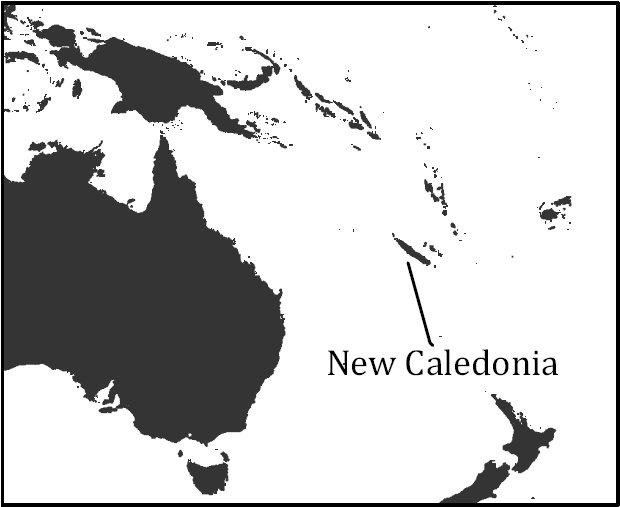 |
|
predicting extinction risk
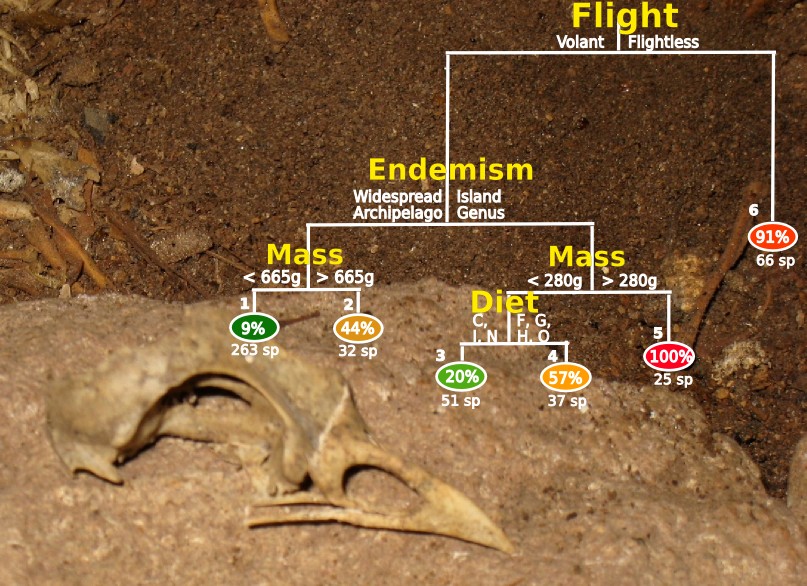 |
We develop precise, quantitative models of extinction risk that take into account both the biological traits of species and the external threats that endanger their survival. Previous research has examined the traits associated with extinction risk in Pacific island birds over the past 3500 years (Boyer, 2008, Divers. Distrib.; Boyer, 2010, Conserv. Biol.), and current patterns of risk in terrestrial (Davidson et al, 2009, PNAS) and marine mammals (Davidson et al., 2012, PNAS). New insights into the extinction process, generated by these models, should enable conservation scientists to identify those species at greatest risk and to prioritize species for conservation efforts. |
macroecology
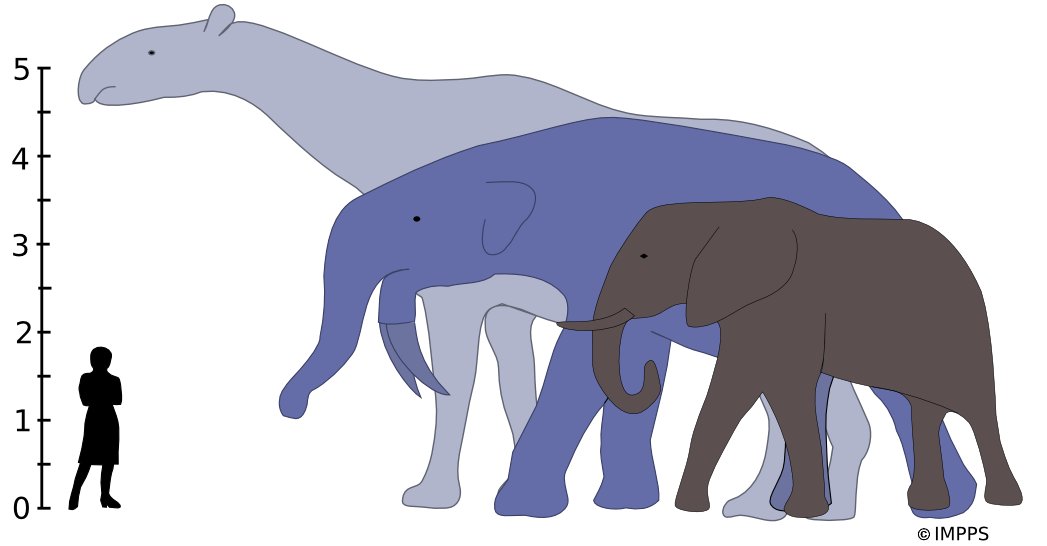 |
Island ruleBody size is a fundamental ecological parameter that is associated with resource requirements, life-history, and ecological interactions, and it is central to many so-called ecogeographic 'rules' (Boyer et al, 2010, J. Biogeogr.). Body size of mammals, birds, and some other terrestrial vertebrates often follows a predictable pattern on islands, known as the 'island rule', where species that are large on the mainland tend to decrease in size on islands and small species increase in size. My previous work has tested the 'island rule' in flightless and volant island birds (Boyer & Jetz, 2010, Ecography) and in the island-like environment of the deep sea (McClain et al, 2006, J. Biogeogr.). Evolution of body sizeI have also pursued research on large-scale patterns of body size evolution through collaboration (McClain & Boyer, 2009, PRSB) and in a NESCent working group on body size evolution and a NSF Research Coordination Network on macroecology. Reconstructing the history of body size evolution over Earth's history has allowed us to examine the selective forces and limits on body size, and how these have changed over time (Payne et al., 2009, PNAS; Smith et al., 2010, Science; Evans et al., 2012, PNAS). |
phenology
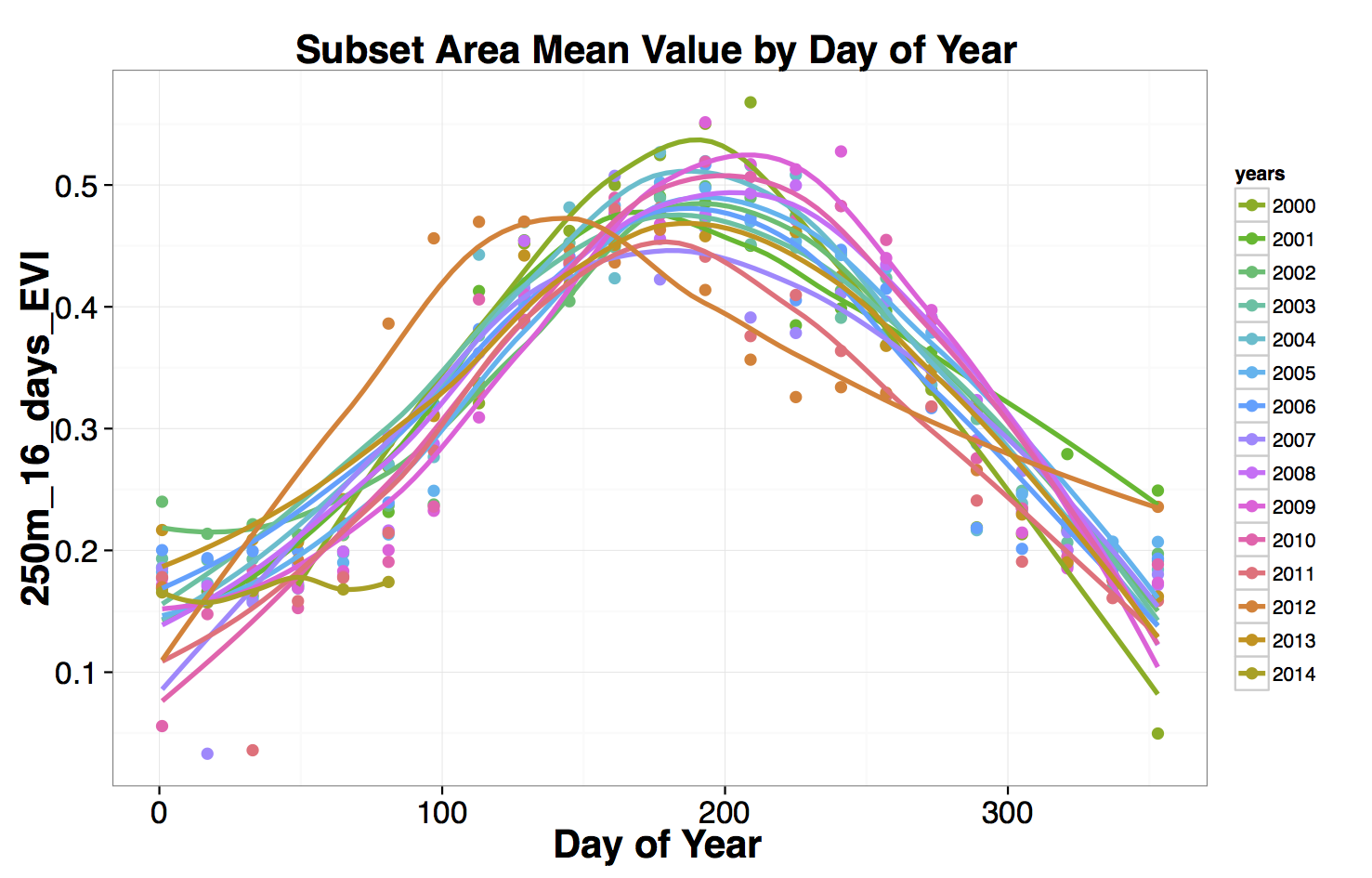 |
Recent work at Oak Ridge National Laboratory has led me to an interest in remote-sensing and phenology. For example, vegetation phenology is both a regulator of and a response to climate change. Phenology can be monitored by both ground-based and satellite-borne observations. However, the mismatch between these two data sources is a barrier to validation and application of this data to models of the global carbon cycle. I have submitted proposals to build a probabilistic data fusion model which would integrate a wide variety of vegetation phenology data from different sources, spatial projections, file formats, and temporal and spatial resolutions. I intend to continue collaborations with colleagues at ORNL and to explore patterns of animal and plant phenology as they relate to biodiversity, conservation, and ecosystem function. |